
Man has always had an innate desire to roam free.
From walking to moving by horse, and now self-powered vehicles. Today the mobility landscape is again evolving, from fossil-fueled cars to renewable energy sources: electric, hydrogen/fuel-cell, or a combination of fossil fuels and electric motors.
Even in the Philippines, a third-world nation that is price-sensitive to mobility as a whole, more and more electric-powered vehicles are now available. We have vehicle models from the likes of Audi (e-Tron), BMW (iX), BYD (Dolphin), Porsche (Taycan), Jaguar (I-Pace), and Nissan (Leaf).
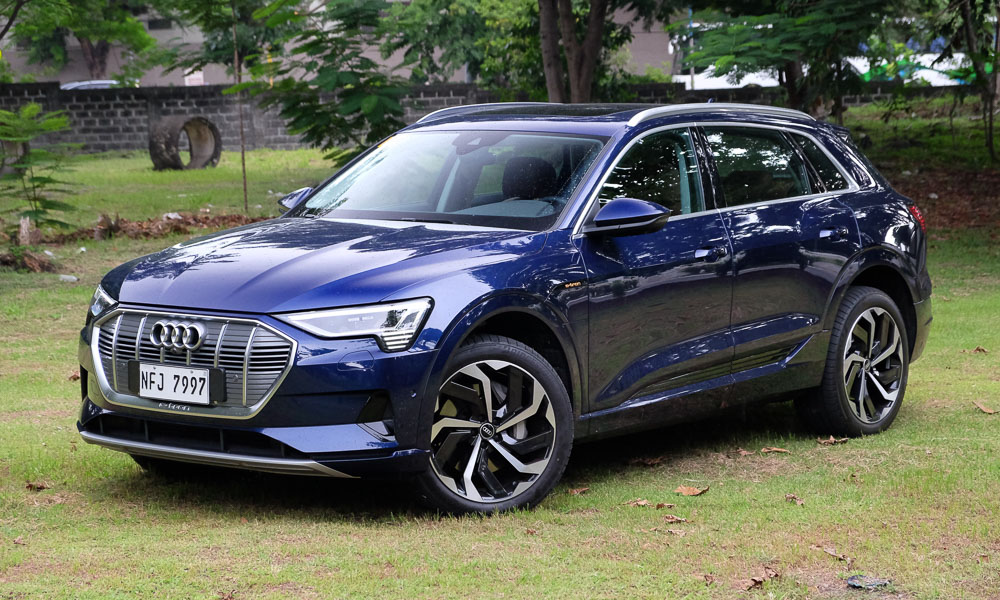
This list will continue to grow as technology becomes cheaper, local legislation supports the EV infrastructure (thank you, Electric Vehicle Industry Development Act), and further legislation all over the world begins to ban the sale of all brand-new internal-combustion vehicles in an effort to curb greenhouse gas emissions, which will ultimately save our environment and our world, leaving a clean, habitable planet for generations to come.
There is, however, one aspect of today’s electric vehicles I find myself at odds with—many of these EVs look challenging, to put it delicately and politely.
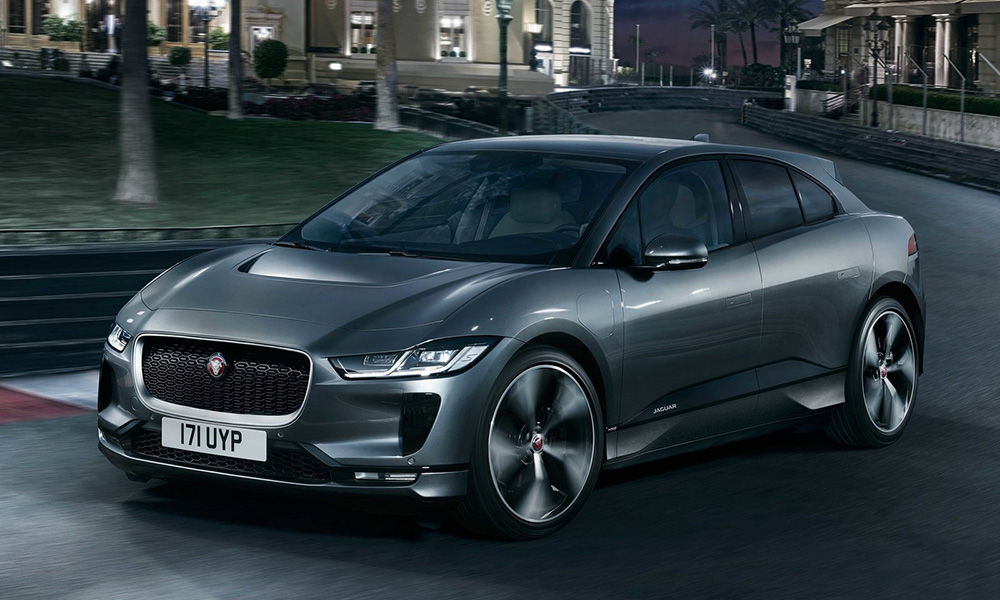
To digress a bit, cars are a special purchase for most people. It ranks in the top three purchases in life, the others usually being a home and education. Thus, cars, like homes, require a special aspect—an emotional connection that calls to them.
Otherwise, a car might as well be another disposable appliance bought purely on a price-versus-performance and value aspect, and replaced as soon as the next better model comes out. The right car calls out to you, makes you keep looking back once you park it, and is a highly personal piece of property that you simply don’t just casually lend out.
A car is a titled property after all. It is a source of pride and enjoyment, a manifestation of the fruits of one’s hardships and sacrifices.
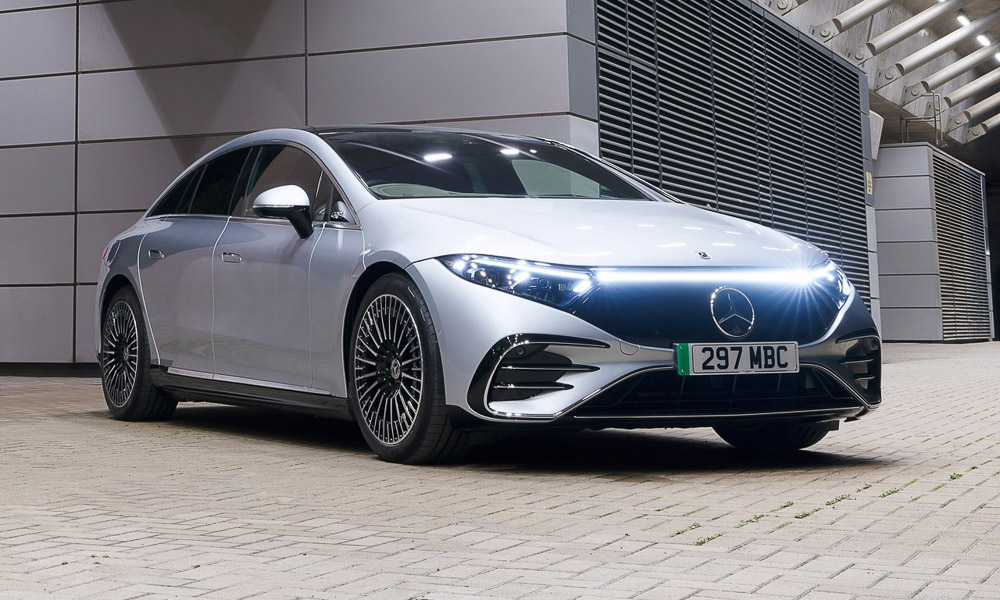
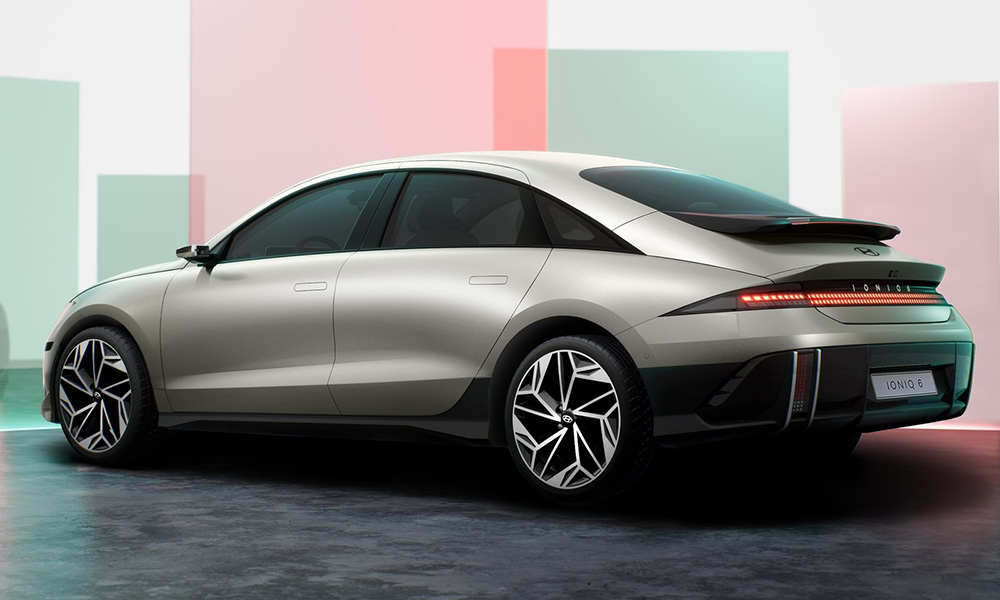
So, with this in mind, why do modern electric vehicles look the way they do? Put simply, they are very different from what we have grown accustomed to, leaving the likes of you and me somewhat cold and unmoved.
Today’s EVs are usually organic, teardrop in shape as this is the most aerodynamic and thus energy-efficient. In short, they look like elongated eggs with wheels. They have lost the visual impact, the drama, the allure, and the elegance that cars should have to allow them to call out to our emotional selves.
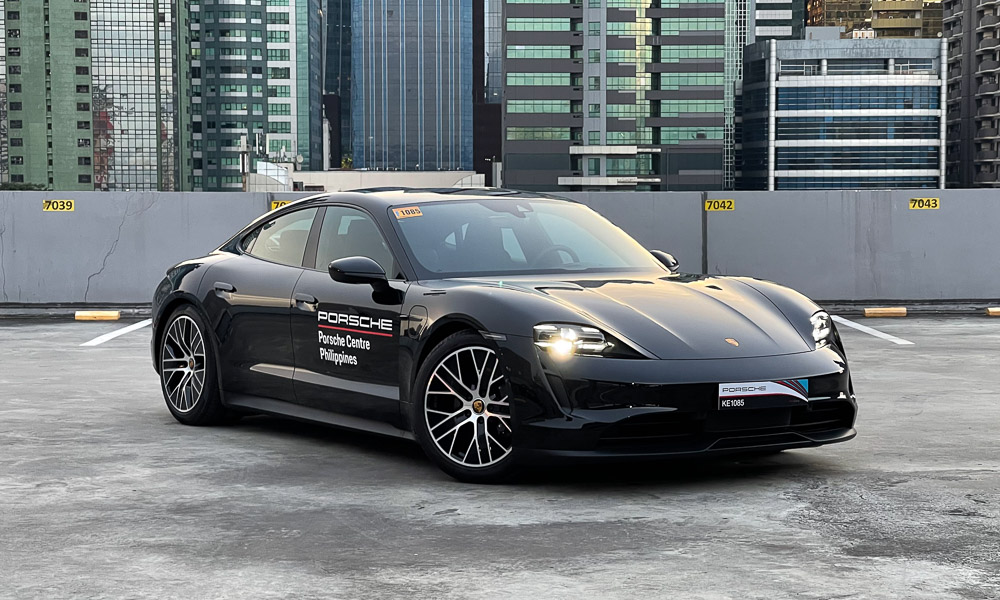
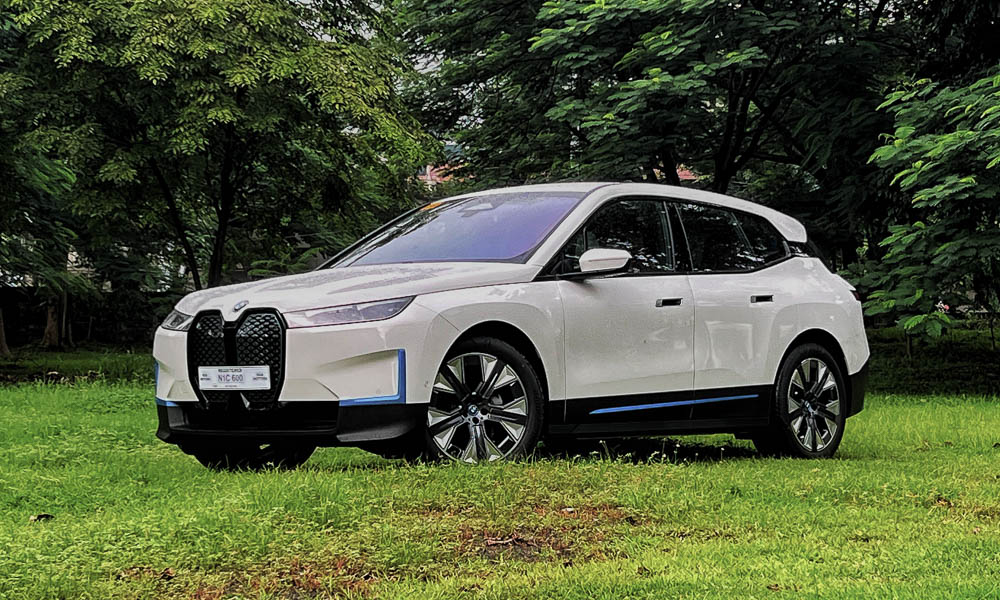
Of course, some pull it off better and actually look amazing, such as Porsche’s Taycan, with links to the iconic 911’s silhouette. Some, like the iX from BMW, look like an egg on wheels. Thankfully, my attitude toward the iX changed after a lengthy test drive, and I’m a huge fan of it now. But what about other cars that can put people off without them even trying these cars first before making a decision?
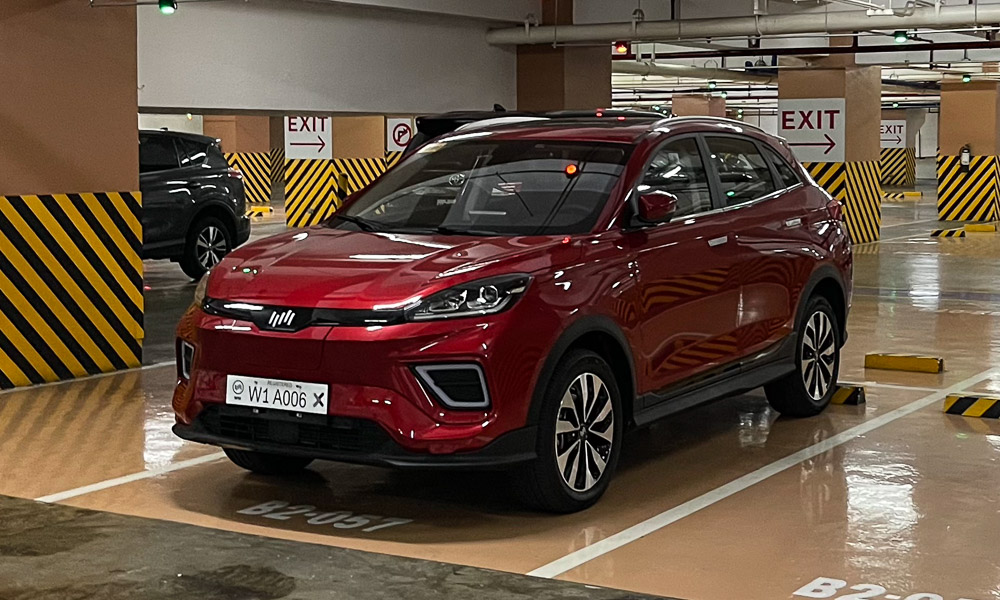
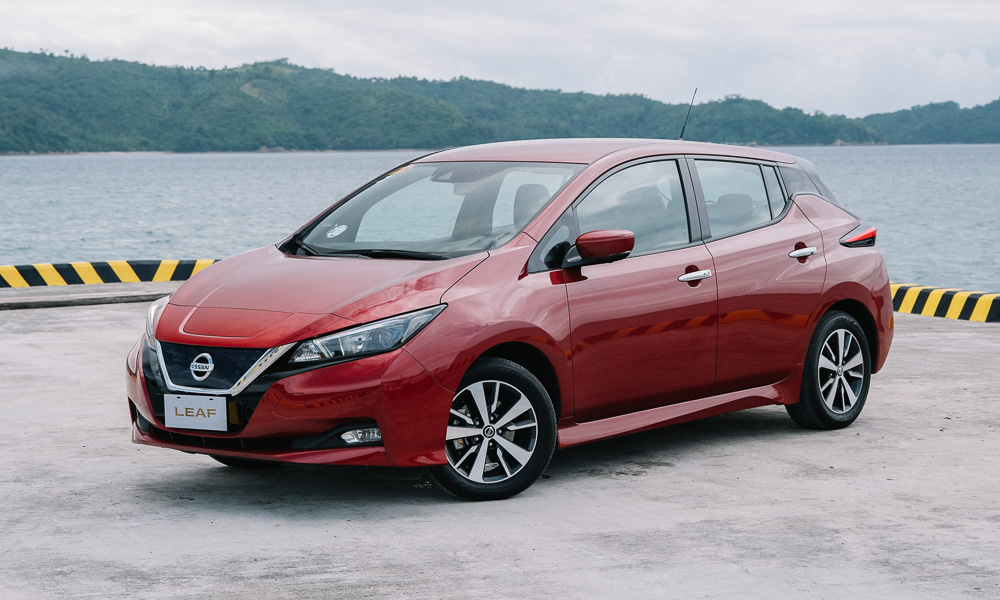
Then, there are some that look rather confusing. The Jaguar I-Pace is another impressive EV, but you simply can’t tell if it’s a crossover, a sedan, or a totally new type of vehicle category. I like how it drives, as it does so splendidly—EV or not—but getting used to its stance and shape really takes some effort.
How about the Nissan Leaf? It looks like something from a sci-fi movie—cool idea but somewhat odd in the metal.
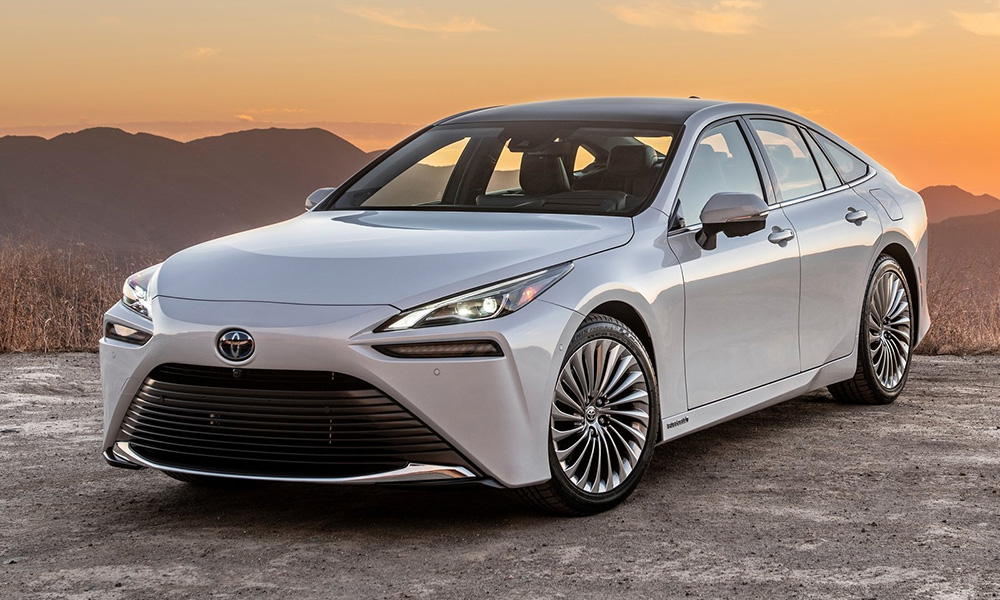
Speaking to industry icons locally and abroad, many have, in fact, said that the design is intentional—to differentiate these EVs, create opinion, and also entice a new breed of buyers who would not have considered buying their own cars in the past. Nontraditional car buyers who purchase on different criteria compared to regular car-buying folk like us.
Fortunately again for you and me, there is hope: Remember the Toyota Mirai? It is the automaker’s first hydrogen fuel-cell car. I remember seeing its concept version at the Tokyo Motor Show in 2013, and it looked straight out of The Jetsons. The latest second-generation Mirai looks so much better. So perhaps, like most things, the design for EVs (and other alternative-fuel vehicles for that matter) will undergo an evolution, ideally into something more universally appealing.
Then I can rest in peace, assured that the future of mobility still has space for those who view cars as a source and a manifestation of our success, pride and happiness.


0 Comments